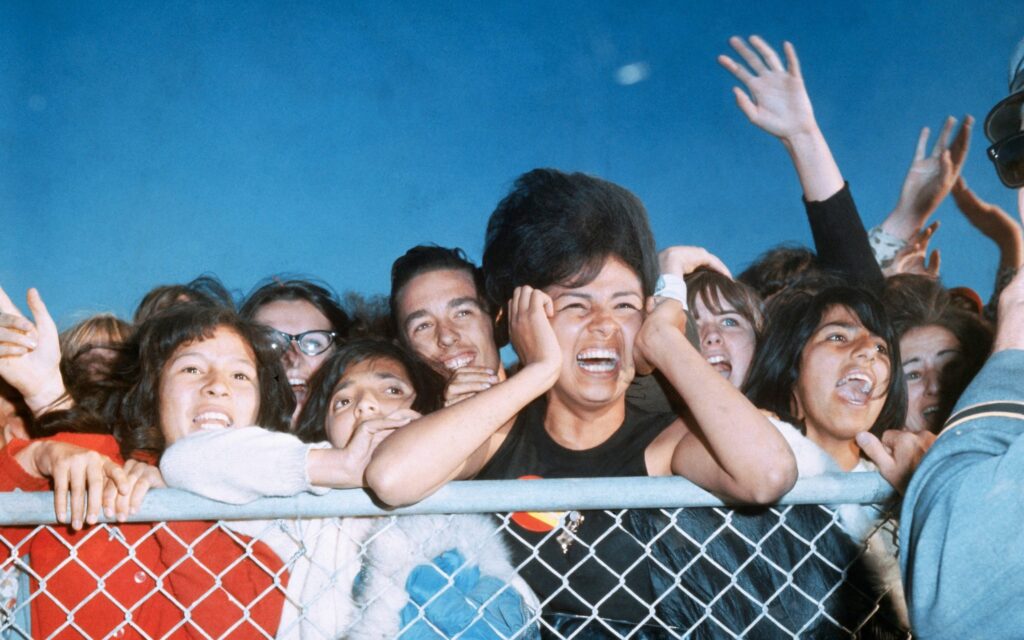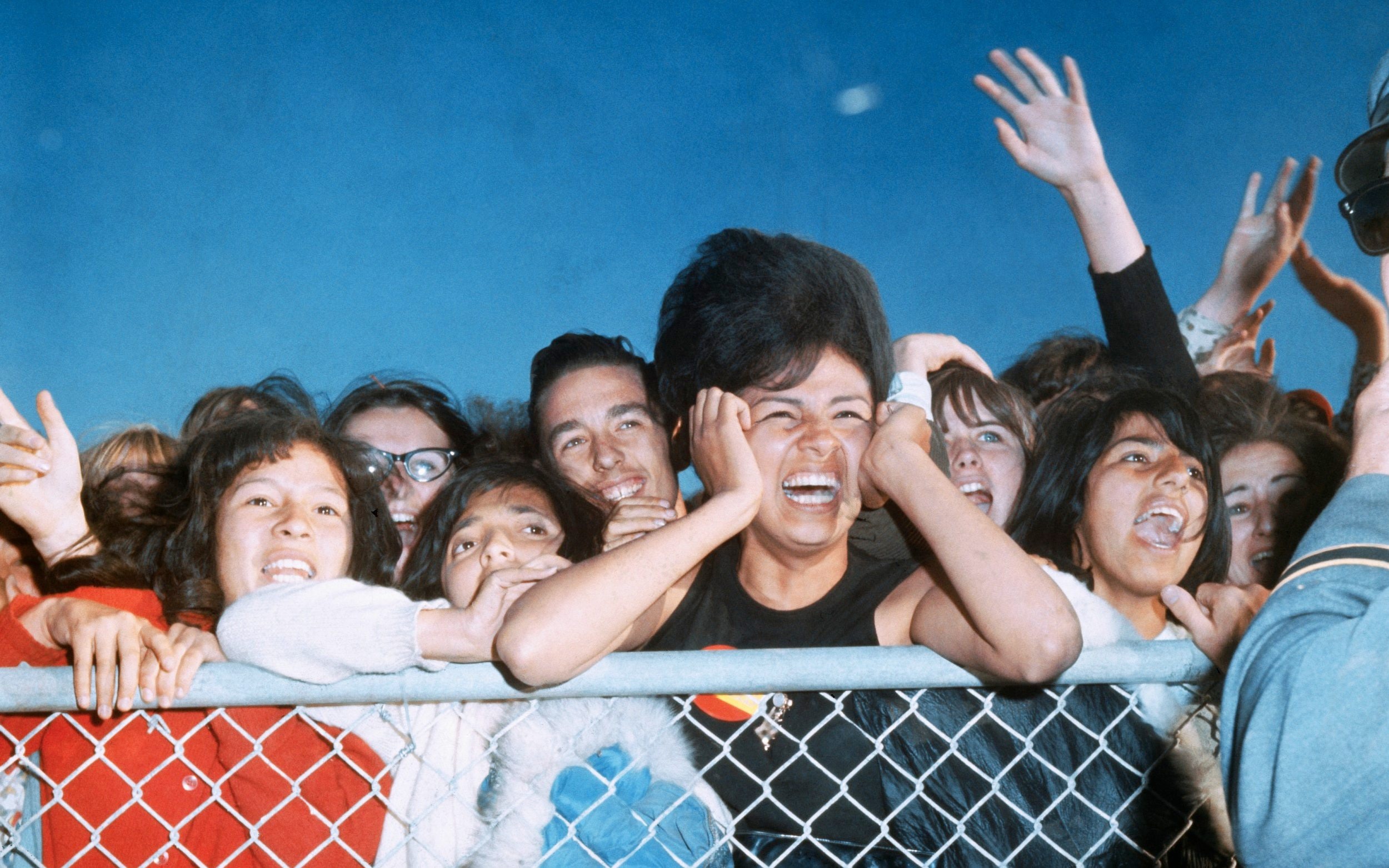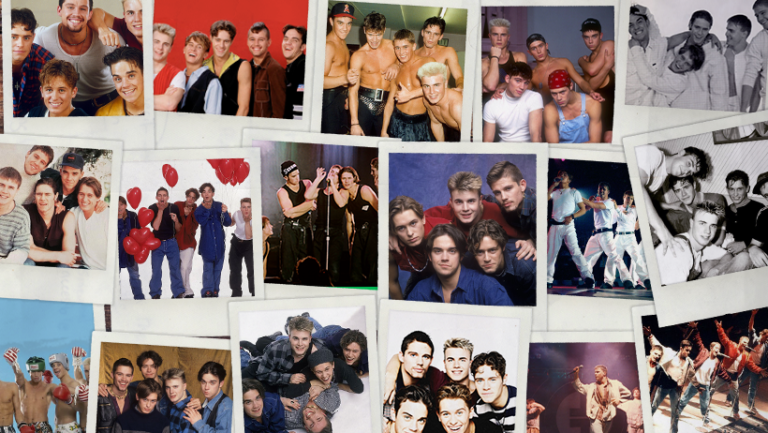The Beginnings of Fandom Culture

Are you involved in a specific fandom? Or maybe you consider yourself a stan of some sort? Of course, you could always be a casual fan, but we’d like to bet that you’re probably involved in fandom even if you don’t realize it. To understand the beginnings of fandom culture, we need to define what it actually means, and, where it came from.
At a surface level, a fandom is a group of people who collectively identify as keen followers of some sort of media. This usually refers to music, films, and literature but it can also include celebrities, games, and sports. As an example, individuals who are fans of Taylor Swift are considered to be a part of the affectionately dubbed, ‘Swiftie’ fandom. The same goes for if you’re a huge fan of your local hockey team – you are part of a fanbase.
But a lot of the time, fandom has negative, and somewhat outdated, connotations. Usually, fans are labelled as “overzealous” or “crazy”, when in reality most are just dedicated and enjoy being surrounded by a community of like-minded individuals. People crave a connection with others of similar interests and that’s exactly what fandom provides.
The Origins of Fandom
The culture of fandom has been around for decades, yet it is still considered to be a recent phenomenon. The term “fan” is derived from the word “fanatic” and was first recorded in 1885 to refer to “baseball die-hards.” It eventually expanded to include any form of entertainment – the way in which many recognise it to be today.
Fans of the series Sherlock Holmes are thought to be the first modern fandom and are credited with creating some of the first fanfictions as early as 1897. In 1893, Sherlock was “killed off” and fans held public gatherings of mourning for the character. This ultimately separated the casual fan from the fanatic.
Fandom continued to evolve into more areas of interest and communities began hosting events and gatherings where people could come together. The science fiction community took over in the 1930s, creating organizations in every city and even creating their own “fanspeak” or jargon. The World Science Fiction Convention has been held every year since 1939.
Fandom evolved from an appreciation for the art form to the relationships of characters. Fans were more interested in the potential connections characters were making with others than the written story in some cases. They became tangible people that fans could relate to and connect with and rewrite to fit their narrative. Fan art and fanfiction were created surrounding fandoms such as Star Trek in the 70s and only became more popular as media became more accessible.
Today, the media depicts fandom and fangirls as obsessive and dangerous. But this isn’t exactly new, think Elvis Presley or The Beatles or One Direction.
In the current social media world, media and connections are more accessible than ever before– changing how we, as consumers receive content and interact with people. We are exposed to so much media and are given the technology to talk about it as much as we want on as many platforms as we want. Fans are able to connect with like-minded people, form group chats and online conventions, they share Fanfiction on sites such as Tumblr and Archive of Our Own. The way fans connect may have changed, but the reasons are ultimately, all still the same.






